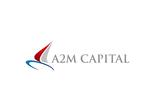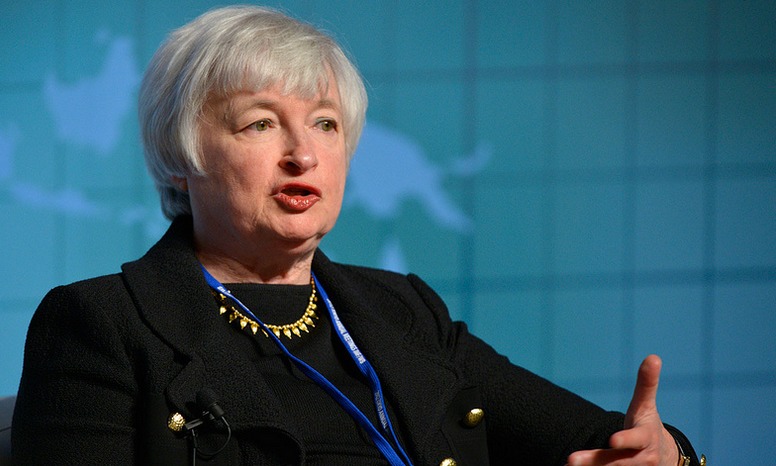Covestor model: Technical Swing
My Covestor model portfolio gained 14.6% in 2011 and therefore significantly outperformed the S&P 500, which ended the year flat. I was also pleased with risk and correlation characteristics: standard deviation of daily returns slightly exceeded benchmark levels only during three months, Jan, Apr, May. The largest monthly standard deviation for 2011 was recorded in August with 0.81%, which is still small compared to the largest value of the S&P (2.49%). So overall, the model not only outperformed its benchmark, but did so with less risk.
Model correlation to the S&P 500 varied a lot, which is typical for an active trading strategy. July 2011 was the month where the model showed its highest positive correlation, at +0.61, which is still relatively small compared to traditional mutual fund strategies. Since I’m aggressively taking on short positions in weak markets, correlation actually turned negative in March, May, August and September.
Overall, the Technical Swing model had a weak negative correlation to the S&P in 2011.
Equities were still in rally mode at the beginning of 2011, and I was trading the markets mostly from the long side. Various breadth and sentiment indicators, however, were flashing warning signals and I turned defensive during the second quarter, which actually led to model under-performance during the first six months. It turned out that I was just early and the model was able to profit from the market decline in Q3. The last months of the year turned out to be a challenging trading environment and one was well advised to completely ignore the news and focus on price action. The model managed to not lose money during these months.
Investing is a zero sum game and a poker lesson applies to short-term trading: if you don’t know who the weakest player is and whose money you will take at the poker table, it is probably you who will be wiped out first. Applying this lesson to the Technical Swing model means that there are two “sources of income”: the slow moving, actively managed mutual funds and the emotional investors, who chase price moves and usually are the last ones to buy during a rally. I enjoy selling to these market participants.
Size is one of the factors why the model was able to outperform and compete with larger institutions: small positions enable me to move in and out of trades very fast, which helps me to capture small price swings. On the other side, one has to monitor the number of trades to not get caught in “overtrading”. One of my 2012 goals is to reduce the number of transactions and only focus on the best technical setups. However, low portfolio volatility and superior risk management will always be top priority.
I expect markets to stay volatile in 2012, so there should be good opportunities. Stocks do not need to go up for the Technical Swing model to excel. What’s needed is just movement – the direction doesn’t matter. I actually prefer bear markets, because stocks tend to move down faster. There’s an old saying on Wall Street: markets take the stairs up, but the elevator down. If that’s the case, I’ll be there on the short side.





